You run late for work and the U-Bahn breaks down again. Your bike sits locked three blocks away in the rain while you need it now. You live in a cramped Berlin apartment but have no room for a normal bike.
These problems happen every day in German cities, and a folding bike fixes them. You can carry it with you, store it anywhere, and never worry about theft or transport strikes again. Here's how to find the right folding bike for your needs and budget.
Why Choose a Folding Bike?
Are you tired of looking for parking spots, worrying about bike theft, or paying extra money to take your bike on trains? Folding bikes fix these problems. They give you benefits that regular bikes can't:
- Easy to Carry: Mix cycling with buses and trains easily. Ride to the station, fold your bike in seconds, and take it with you.
- Security: Your bike comes with you. Take it to your office, home, or a café so no one can steal it.
- Space Saving: A folded bike fits under a desk, in a closet, or in a car trunk. It's perfect for small living spaces.
- Saving Travelling Costs: In Germany, this helps your wallet too. A folded bicycle counts as luggage on Deutsche Bahn and most local transport. This means it travels for free. You don't need to buy a separate bicycle ticket, so your bike saves you money every trip.
Choosing a folding bike means choosing a smarter way to move. But to find the perfect one, you need to understand how you'll ride first.

Know Your Main Use
The best folding bike isn't one model. It's the one that fits your lifestyle. Before you look at the technical details, figure out what your typical purpose is. This will help you make all other choices. Are you a frequent train user who relies on the bike for the last-mile connection? Or, are you an occasional traveler who takes the bike out for a weekend getaway? Use the chart below to find out which Rider Type you belong to and see what matters most. This check is the first step to choosing a bike made for you.
| Rider Type | Main Use | Most Important Things | What to Look For |
| The Train User | Daily trips with bus/train (S-Bahn/U-Bahn) | Fast, compact fold; lightweight; works every day | Light frame, quick folding |
| The City Explorer | City errands, waze through traffic jams, weekend rides, and meeting friends | Comfort on bumps; space for bags; looks good | Racks, fenders, smooth ride |
| The Space Saver | All uses in small apartments or offices | Smallest folded size; easy to move indoors | 16-inch wheels, very small fold |
| The Traveler | Holidays, RV/boat trips, different roads, long rides | Strong build; many gears; electric help option | Strong frame, many gears, electric motor |
Match Features to Your Needs
- Train Users: Focus on quick folding and lightweight for easy carrying on public transport.
- City Explorers: Look for comfort features like fenders, racks, and smooth rides over city streets.
- Space Savers: Choose 16-inch wheels for the most compact fold possible.
- Travelers: Need more gears, strong frames, and consider electric motors for longer distances.

Key Technical Things to Know
The Fold: Speed and Easy Use
The most important part of a folding bike is how it folds, and the best design is the "mid-fold" system - a strong hinge in the middle of the frame that lets the bike fold in half, bringing both wheels together.
This design works well because it's simple and reliable. You don't need to remove parts or make complicated adjustments, so there's less that can go wrong. A quality folding bike should fold in 15-20 seconds, which is fast enough for real commuting situations like catching a train or storing your bike quickly.
Dahon invented this mid-fold system in 1982 and has spent decades perfecting it. Our hinges are tested for thousands of folds to ensure they stay secure and work smoothly over years of daily use, so you can trust them for daily commuting.
Wheel Size: Easy to Carry vs. Comfort
Wheel size determines two key things: how small your bike folds and how comfortable it rides.
- 16-inch: Smallest fold, easiest to carry. Best for tight spaces and public transport. Rides feel less stable on bumps.
- 20-inch: Best balance of compact folding and comfortable riding. Industry standard for good reason.
- 24-inch: Rides like a regular bike - very comfortable. Folds much larger and heavier, so harder to carry daily.
Choose based on your priority: Maximum portability = 16-inch. Best overall = 20-inch. Maximum comfort = 24-inch.
Gears: Beating Hills and City Streets
Your bike's gears help you pedal easily on hills and ride efficiently on flat roads. There are two main types:
External Gears (Derailleur): The gears you see on the outside of most bikes. A chain moves between different-sized cogs on the back.
- Good: Lightweight, many gear options, cheaper
- Bad: Gets dirty easily, needs more maintenance, can break if hit
Internal Gears (Hub): All the gears are hidden inside the back wheel.
- Good: Protected from weather and dirt, very reliable, can shift gears while stopped (great at traffic lights)
- Bad: Heavier, more expensive, fewer gear options
For city riding, internal gears work better because they need less maintenance and let you shift at red lights. For longer rides with varied terrain, external gears give you more options to handle different hills and conditions.
Brakes: All-Weather Stopping Power
Good braking is the most important safety feature on any bike.
Rim Brakes (V-Brakes): This common system works by squeezing brake pads against the rim of the wheel. They are light, cheap, and very easy to maintain, but their main problem is worse performance in wet or muddy conditions, as water on the rim can reduce friction.
Disc Brakes: These brakes use a rotor mounted at the center of the wheel, like a car, and give much better and more consistent stopping power in all weather conditions, a key advantage for year-round trips in Germany. Hydraulic disc brakes offer the best performance, with a smooth, responsive feel and self-adjusting pads, while mechanical disc brakes are a cheaper and easier-to-service alternative.
Frame Material: The Foundation of Your Ride
The frame is the soul of the bike and decides its weight, ride feel, and strength.
Aluminum: This is the most popular material for modern folding bike frames since it offers a great balance of low weight, stiffness (for efficient power transfer), and rust resistance, all at a good price.
Steel (Chromoly): Even though heavier than aluminum, high-quality steel is valued for its strength, long life, and natural vibration-reducing properties. This "springiness" can mean a smoother, more comfortable ride over rough city streets.
Carbon Fiber: This is a premium option, which is light and features excellent shock absorption and superior strength, but comes at a much higher price. It is most used in high-end bikes where weight saving is crucial.
Pre-Purchase Checklist
Before you make your final decision, go through this quick checklist. Whether you're in a store or getting a bike you ordered online, these steps will make sure you make the right choice.
- Test the Fold: Can you fold and unfold it easily in under 30 seconds? Do all the latches and hinges feel solid and secure when locked in place?
- Lift and Roll: Is the weight manageable for you? If you need to carry it up stairs daily, be realistic about your strength. If the bike is designed to roll when folded, test how it moves.
- Check the Fit: Adjust the seat and handlebar height until you can get a comfortable riding position. Your back should be fairly straight, and your arms relaxed.
- Take a Test Ride: This is required and cannot be skipped. How does the bike handle? Does the steering feel stable or jumpy? Test the brakes for stopping power and shift through every gear to make sure they work smoothly.
- Check the Latches: The hinges are the most important part of a folding bike, so check them for any signs of looseness, wiggle, or damage. They should lock with a confident, secure click.
Common Buying Mistakes to Avoid
Keep these common problems in mind to avoid regret and make sure you love your new bike for years to come.
- Wrong Size for Your Use: Don't buy a light 16" bike for long trips or a heavy 24" bike if you live upstairs.
- Ignoring Weight: 2 kg extra matters when you carry it daily.
- No Test Ride: Every bike feels different. Try before you buy.
- One Expensive Part: Don't buy a bike just for one good component if everything else is cheap.
- No Future Planning: Check if you can add racks or fenders later.
Why Dahon Leads the Folding Bike Revolution
Dahon started making folding bikes in 1982 and has built a community of over 6 million riders worldwide. We focus on practical engineering and designs that work for daily commuting.
Our approach centers on solving real mobility challenges. We test our designs in cities around the world, from busy train stations to small apartments. This real-world testing helps us understand what commuters actually need.
German cyclists choose Dahon because we have a long track record of reliable bikes. We listen to rider feedback and use it to improve our designs. Our commitment is simple: make folding bikes that people can depend on for their daily journeys.
At Dahon, we help people move through cities more easily and flexibly.
Your Journey Starts Here
A folding bike adapts to your life, saves you money, and gives you more options for getting around your city. With this information, you can now choose a folding bike that fits your lifestyle, budget, and needs.
Take time to think about how you'll use your bike and what features matter most to you. This will help you pick a bike that works well for years.
Browse DAHON's folding bike collection and find your perfect folding bike for city life.

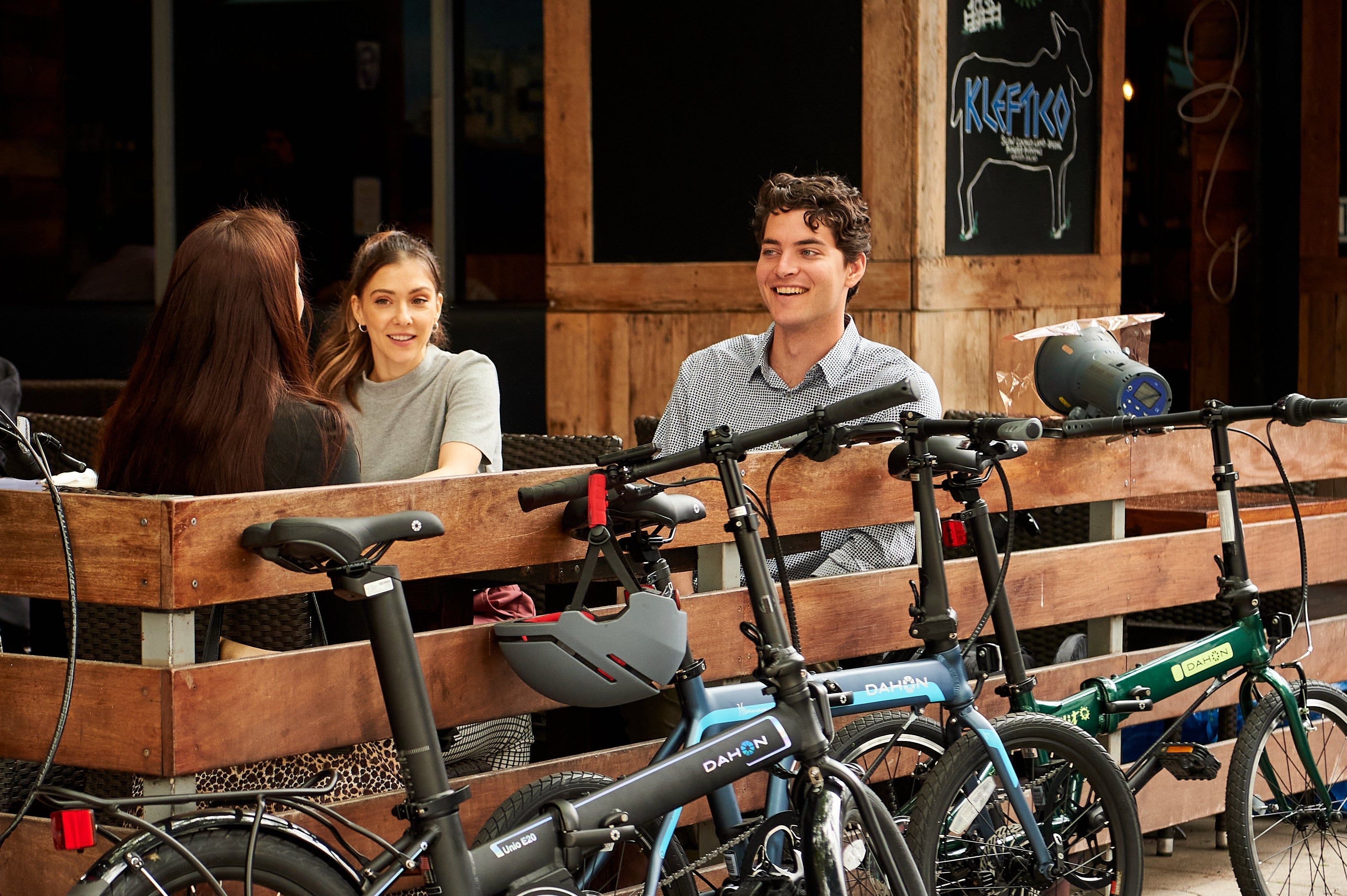







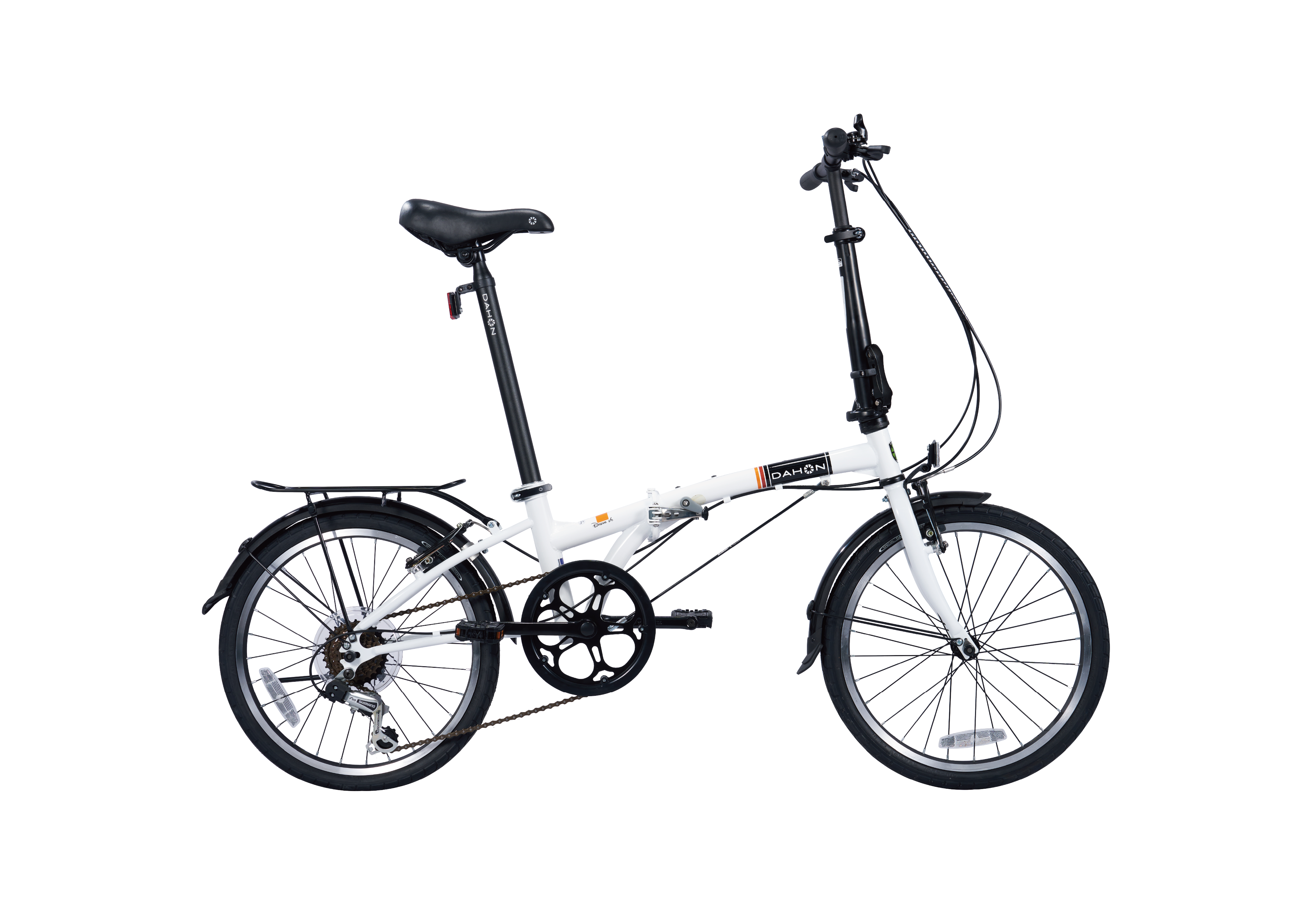

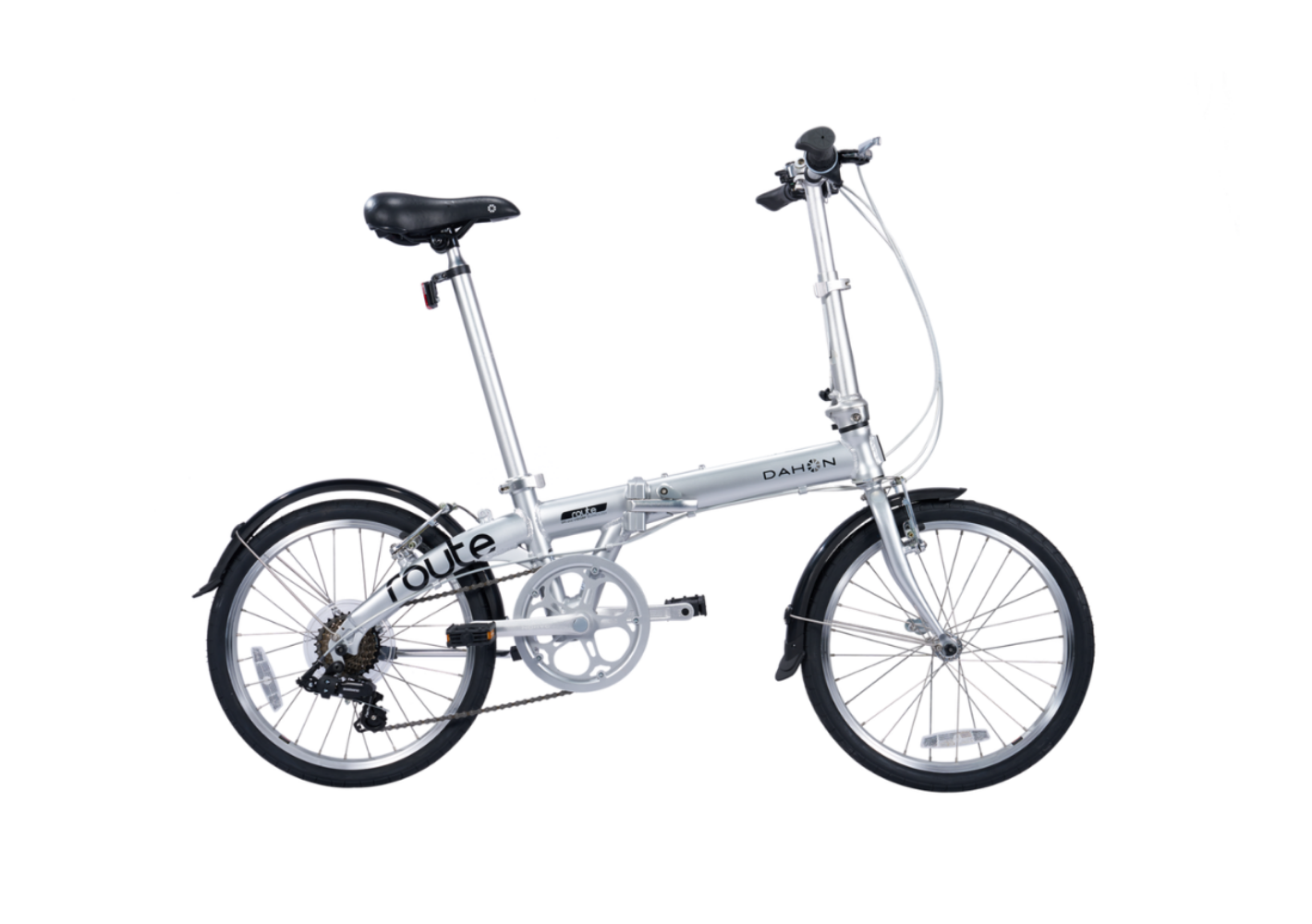
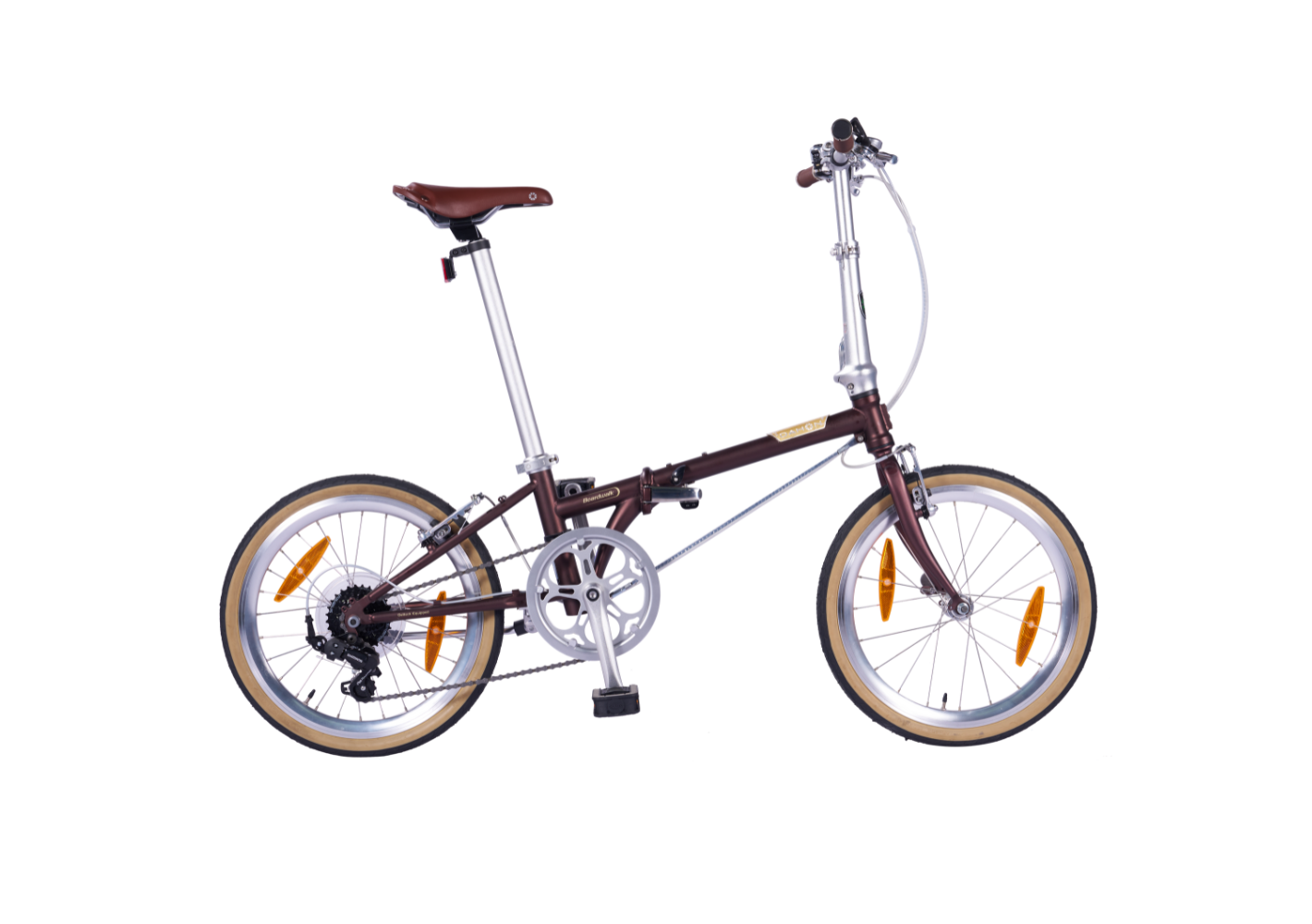

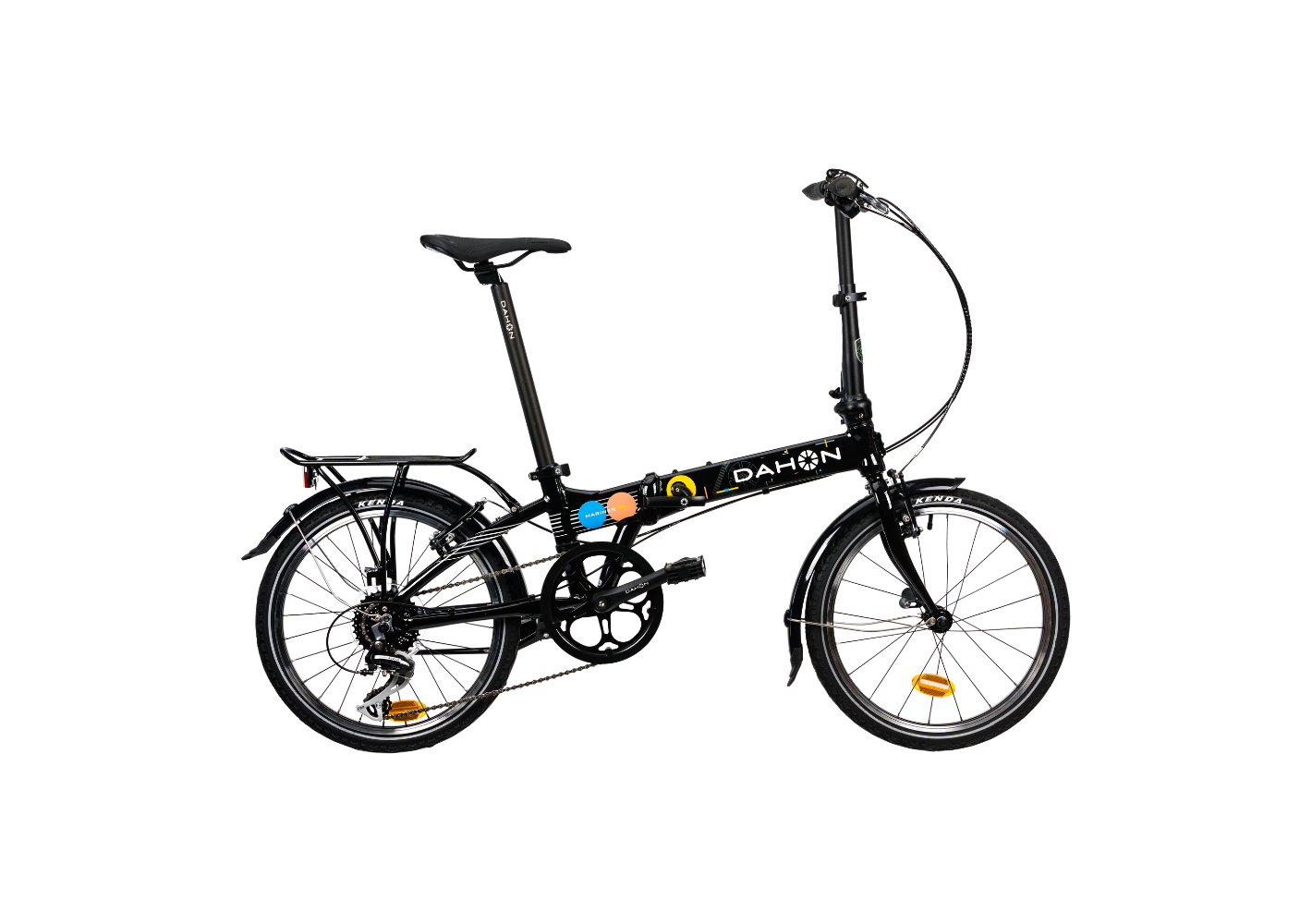

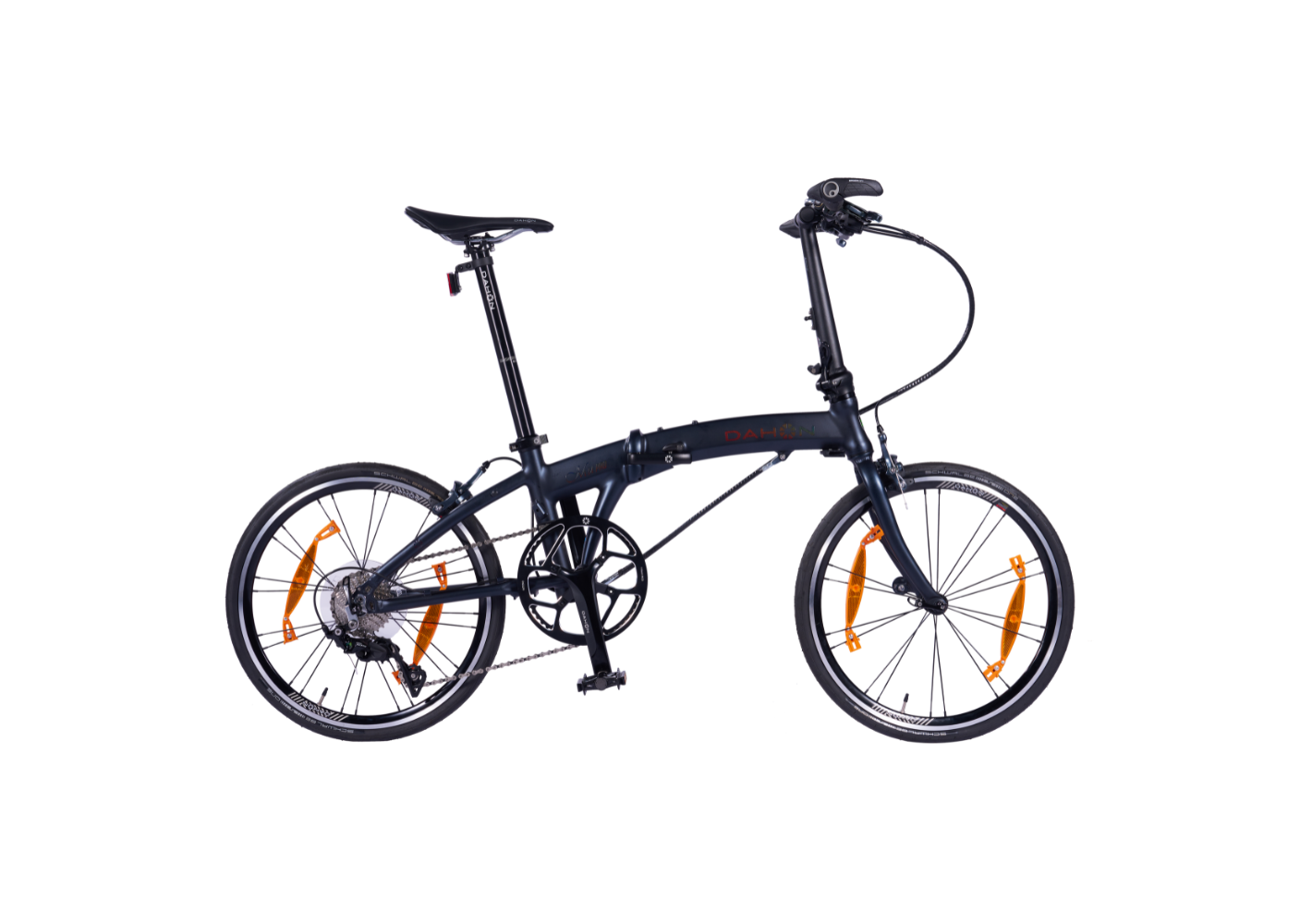
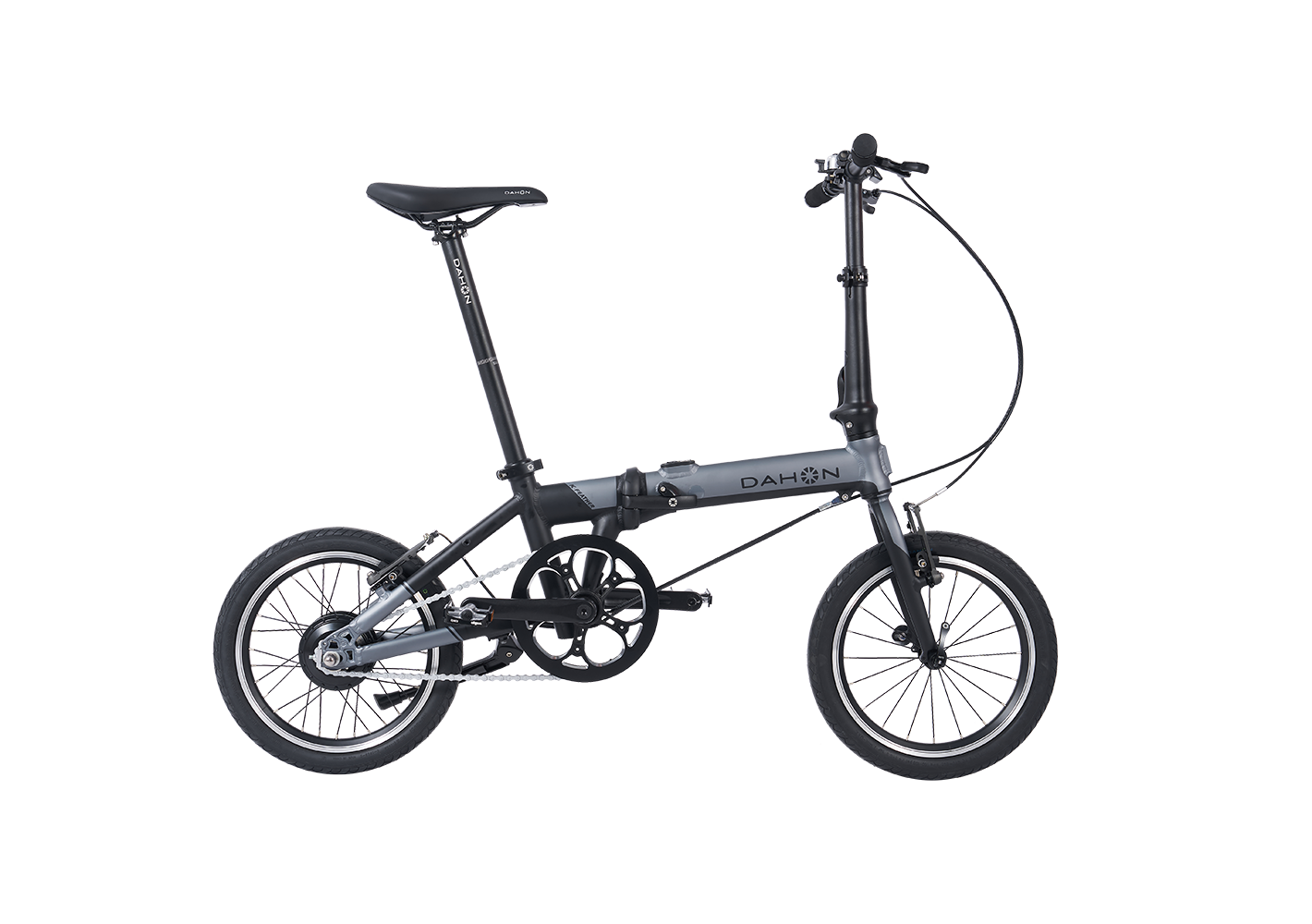
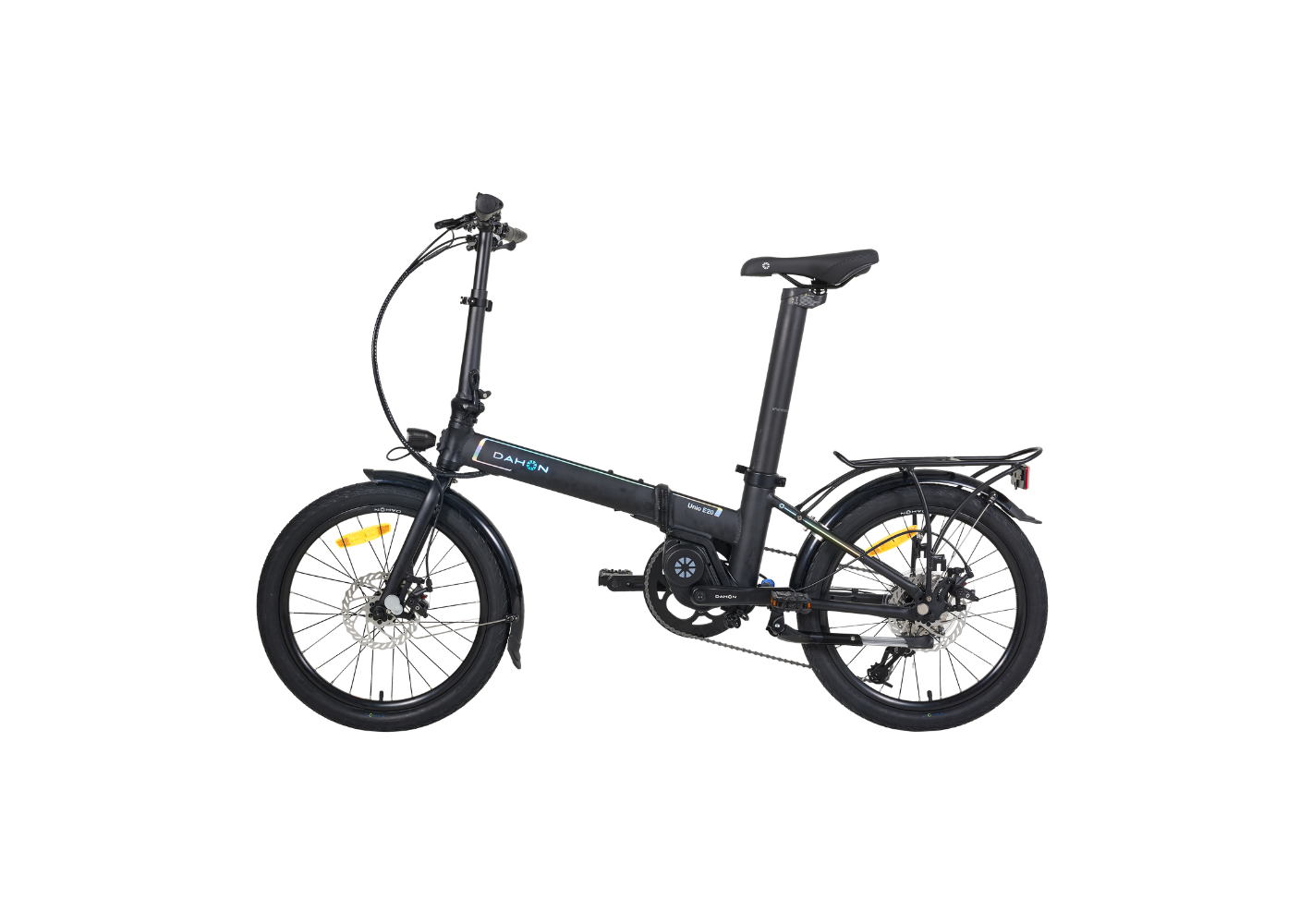
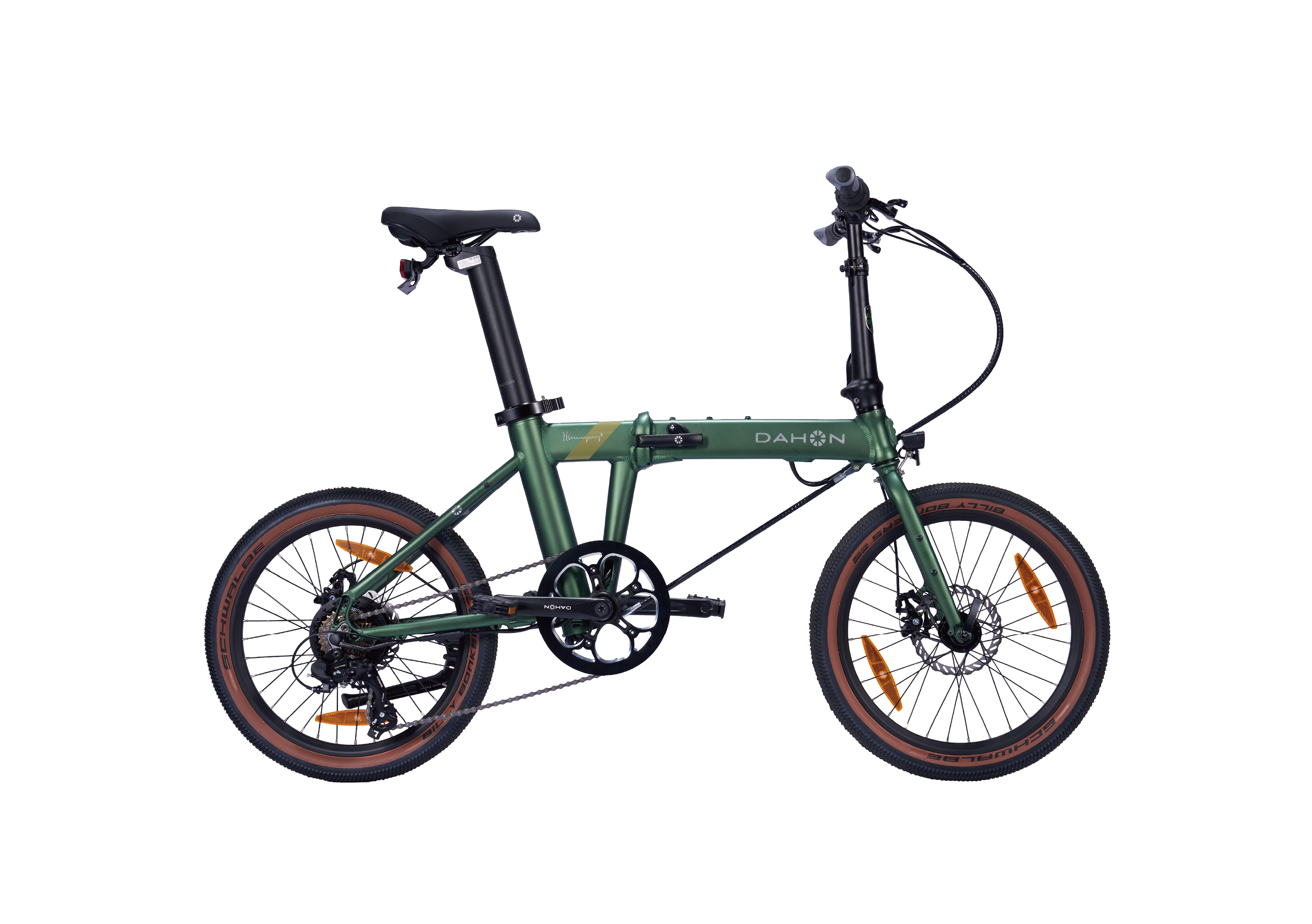
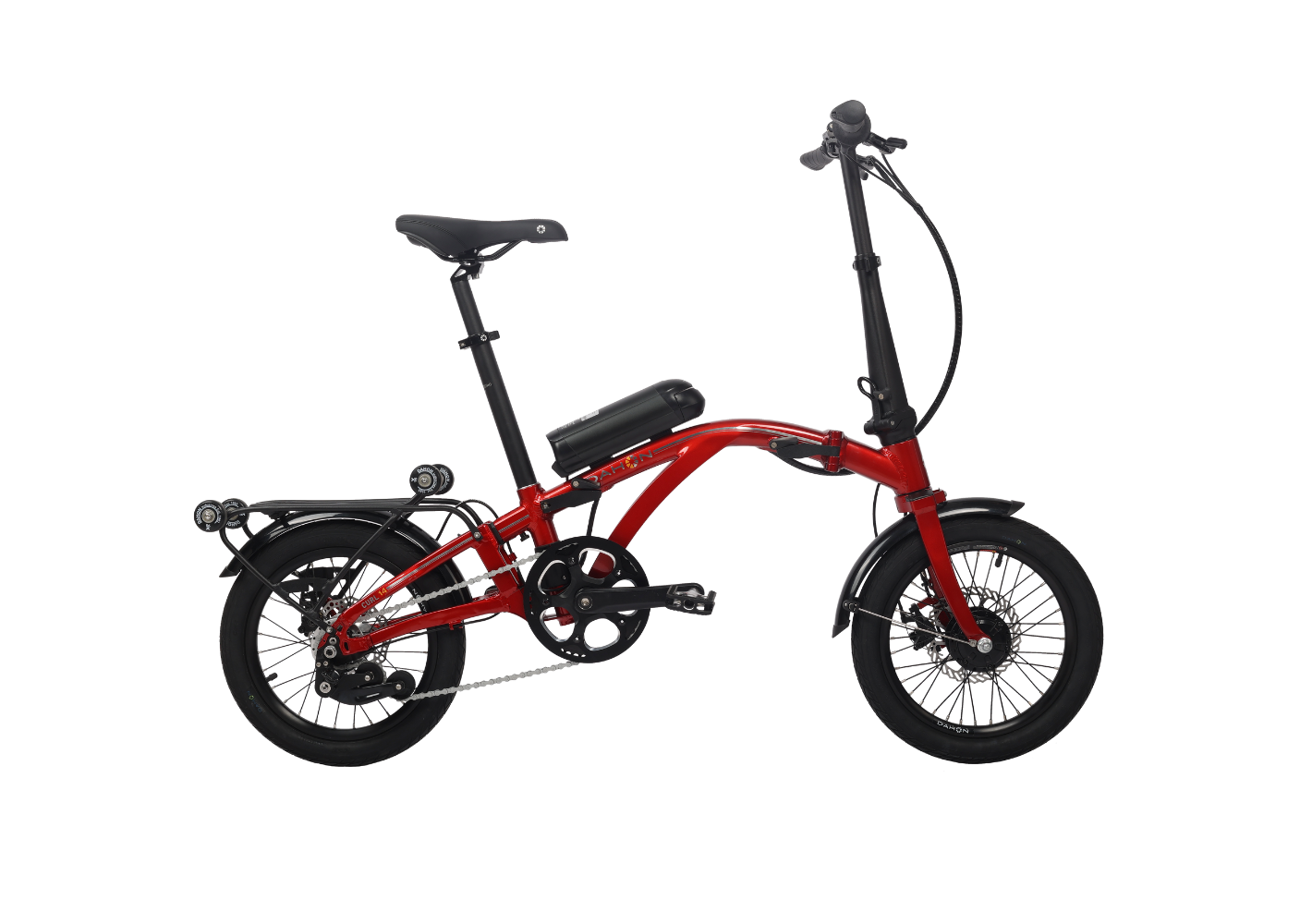

Share:
Folding Bike vs. Traditional Bike: Which One is a Smarter Choice for City Life?
How Folding Bike Mechanisms Actually Work